Rank Species | Genus Astragalus | |
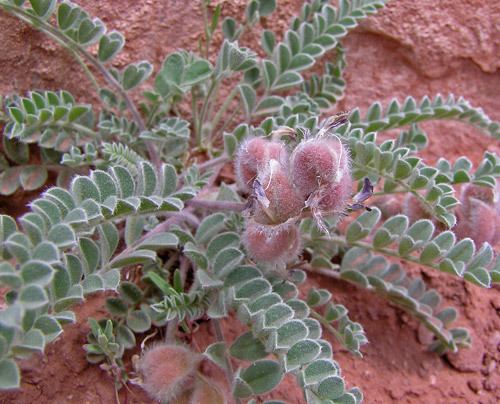 | ||
Similar Astragalus lentiginosus, Oxytropis sericea, Oxytropis lambertii, Astragalus amphioxys, Astragalus missouriensis | ||
Astragalus millissimus (common name - wooly locoweed) is a perennial plant in the legume family (Fabaceae) found in the Colorado Plateau and Canyonlands region of the southwestern United States.
Contents
- Growth pattern
- Leaves and stems
- Inflorescence and fruit
- Habitat and range
- Ecological and human interactions
- References
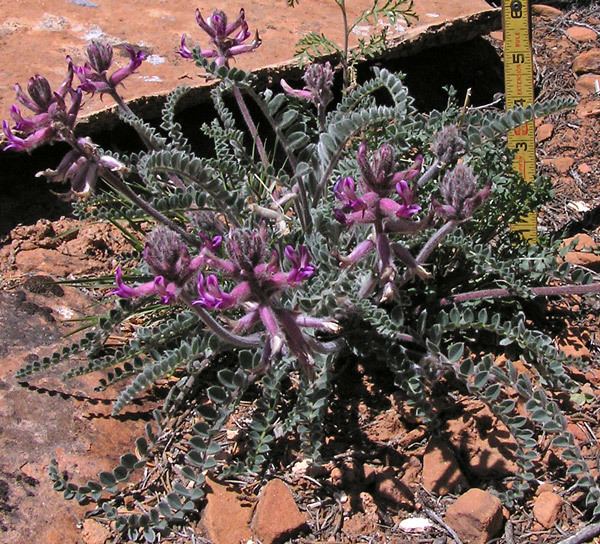
Growth pattern
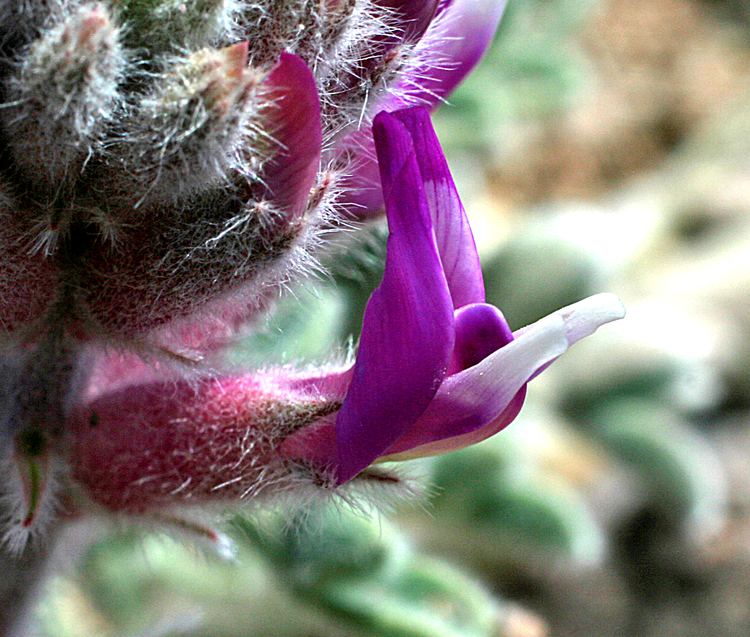
It is hairy a perennial plant growing from 2 to 34 inches (5.1 to 86.4 cm) tall, from a very short stem.
Leaves and stems
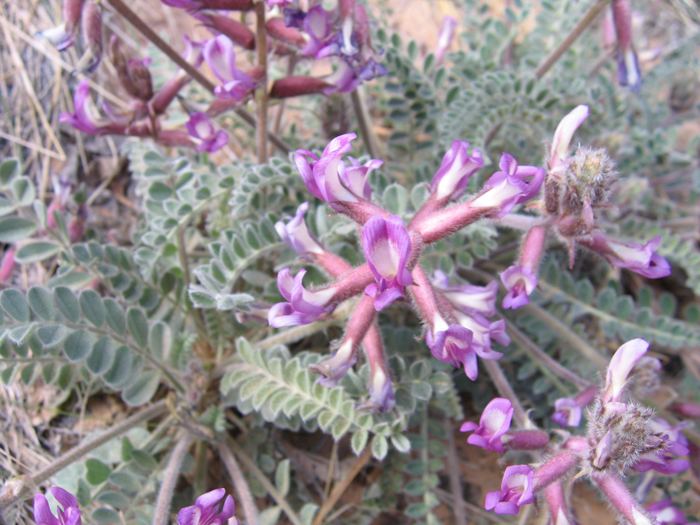
It has hairy stems and leaves. "Mollissumus" means "most soft", referring to the hairy covering of the leaves and stems. Compound pinnate leaves are from 3⁄4 to 11 inches (1.9 to 27.9 cm) long, with 15–35 elliptical to oval and wooly leaflets.
Inflorescence and fruit
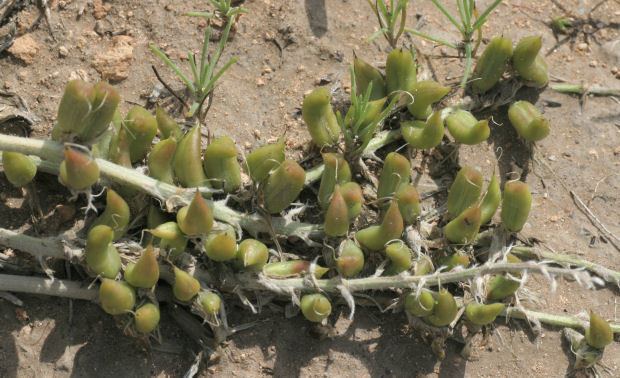
It blooms from March to August. The inflorescence are from 3⁄4 to 10 inches (1.9 to 25.4 cm) stalks with 7–20 flowers per stalk. Each pink to purple or bicolored with white flower has a 1⁄4 to 1⁄2 inch (0.64 to 1.27 cm) hairy calyx with 5 pointed teeth, around a 3⁄4 inch (1.9 cm) corolla with upper petal flares at the end. 1⁄3 to 1 inch (0.85 to 2.54 cm) seed pods are egg shaped and densely hairy.
Habitat and range
It grows from grasslands to Pinyon juniper woodland communities ranging from Wyoming to Arizona.
Ecological and human interactions
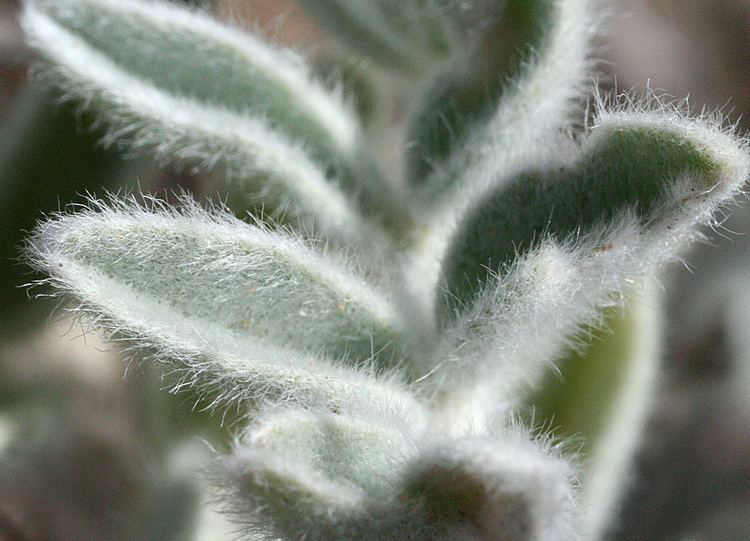
It derives its common name from its wooly stems and leaves, and because it makes livestock "go loco" or die from an alkaloid it contains called Iocoine.
